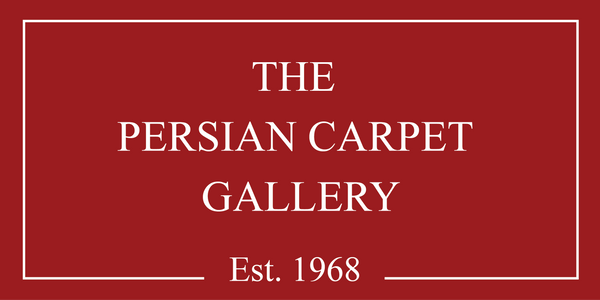About Rugs
| Qom Silk Private Collection |
Hereke rug (private collection) |
| Qom Silk 100-00073 |
Hereke Rug |
| Persian Handmade |
Village Rug |
| Yazd Rugs |
Turkoman Rugs |
| Isfahan Exclusive Rugs |
Tabriz Exclusive Rugs |
| Persian Hamadan Rugs |
Nain Supreme Rug |
| Pictorial Rug |
Family Carpet (Kerman) |
| Gabbeh Rugs |
Exclusive Collection |
| Tabriz 142-000359 |
Exclusive Collection |
| Exclusive Collection |
Exclusive Collection |
About Persian Rugs: A Guide to the Art and History of Persian Carpets
tradition, culture, and craftsmanship. Known for their intricate designs and lasting quality, handmade Persian rugs are among the most sought-after in the world.
What Makes Persian Rugs Special?
Each Persian rug tells a story. Whether it's a classic Tabriz, a floral Isfahan, or a tribal Qashqai, the details in the pattern reveal the region, the weaver’s technique, and the artistic vision. The use of natural dyes, hand-spun wool or silk, and traditional weaving methods sets Persian carpets apart from machine-made rugs.
Persian Rug Patterns and Meanings
Common Persian rug patterns include medallion centers, floral motifs, geometric shapes, and garden scenes. These patterns are not random—they often hold symbolic meanings, representing paradise, protection, or natural harmony. Learning how to read these patterns is a key part of understanding Persian rug design.
Types of Persian Rugs
Some of the most popular types of Persian rugs include:
-
Tabriz – Known for precision and balanced designs
-
Kashan – Often floral with central medallions
-
Heriz – Geometric and bold, great for modern homes
-
Nain – Fine knotting, often with ivory and blue tones
-
Qom – Luxurious silk rugs with intricate details
Each region has its own style, color palette, and weaving technique.
How to Identify a Persian Rug
To identify a real Persian rug, look for:
-
Hand-knotted construction (check the back)
-
Slight irregularities in the weave (a sign it's handmade)
-
Natural materials like wool, cotton, or silk
-
Detailed, symmetrical designs
Authentic Persian rugs often include a signature or region name woven into the edge.
Persian Rug Weaving: A Timeless Craft
Persian rug weaving is often passed down through generations. Young weavers learn the techniques from elders, preserving this ancient art. Some rugs can take months—or even years—to complete, depending on size and knot density.
Learning More About Persian Rugs
If you're interested in learning about Persian rugs, start by exploring different styles and understanding their history. Visit rug exhibitions, read about Persian culture, and talk to experts. With time, you'll develop an eye for quality and authenticity.
Qum Silk
Qum rugs are among the finest in the world, known for their high quality. The weavers use Persian knots with around 600 knots per square inch, producing small, fine, beautiful rugs often hung on walls. Patterns can be curvilinear, landscapes, or historical scenes.

Tabriz
Tabriz is an ancient city in northwestern Iran known for its cultural significance and high-quality carpets. These carpets often feature medallions, flowers, and silk piles, with the finest examples being centuries old but still in excellent condition.

Isfahan
Isfahan, once the capital of Persia, is renowned for its beautiful architecture and carpet weaving. Modern Isfahan carpets still feature fine, well-knotted designs with Islamic motifs, medallions, animals, and flowers, using cotton warps and kourk wool piles.

Nain
Nain carpets feature floral designs and soft colors like ivory, beige, and light blues. They are highly valued for their fine knotting and use of high-quality wool and silk. The designs are similar to Isfahan carpets but less medallion-focused.

